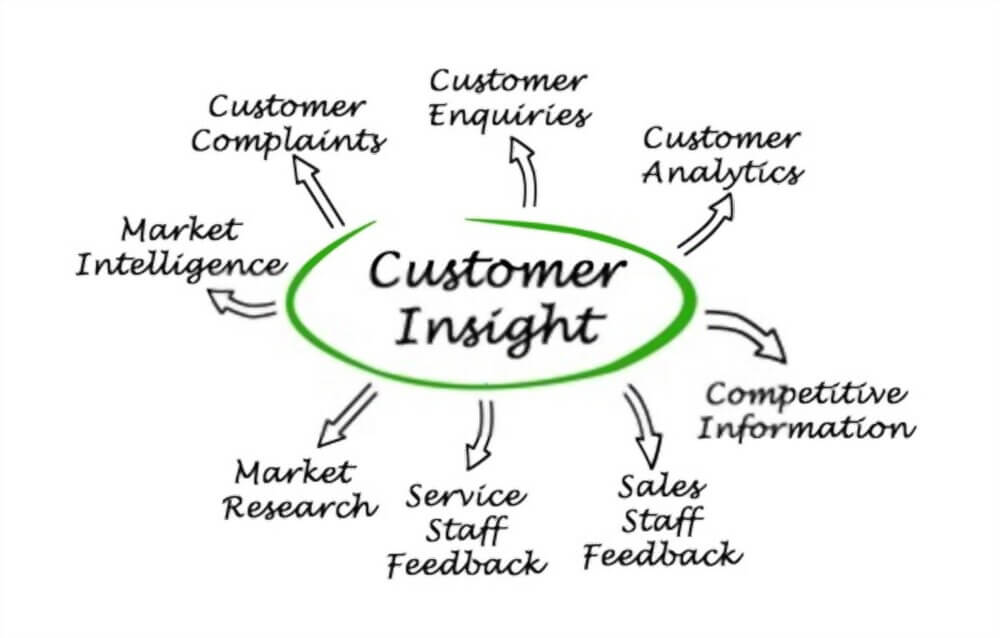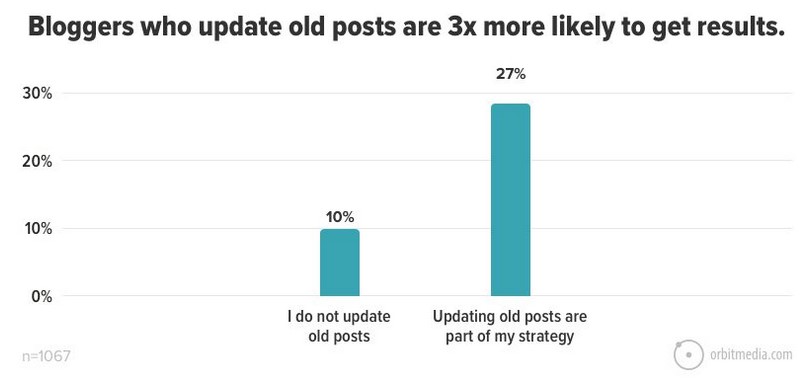Hantering av innehållslivscykel
Vad innebär hantering av innehållslivscykeln?
Hantering av innehållslivscykeln innebär att man hanterar innehåll från planering, skapande, marknadsföring, utvärdering och underhåll.
Allt har en livscykel: växter, djur, datorer och, ja, människor. Men vad är hantering av innehållslivscykeln och varför behöver vi det?
Eftersom 70 % av alla företag använder sig av content marketing är det avgörande för företagets arbetsflöde och framgång att förstå ditt innehålls livscykel.
Vi kikar på hur innehållslivscykeln fungerar och hur du kan optimera den för att förbättra din innehållsstrategi.
Det viktigaste i korthet:
-
Hantering av innehållslivscykeln är början, mitten och slutet av innehållsproduktionen
-
För att lyfta och bevara ditt varumärke behöver du en process för att hantera ert innehålls livscykel - redan när du börjar skapar innehåll
-
De fem faserna i innehållslivscykeln är planering, produktion, marknadsföring, utvärdering och underhåll.
Exempel på innehåll och innehållslivscykelns faser
Innehåll kommer i olika former. Det kan vara en blogg på en webbplats, en infografik, en podcast eller en video, du kan till och med utnyttja innehåll för återanvändning av innehåll om det behövs. Dessa sätt att sända information lockar besökare och kan leda till konverteringar.
Ett exempel är att du vill skapa videoinnehåll för ditt varumärke. Ämnet börjar med ett mål - i det här fallet varumärkesmedvetenhet. Därefter bestämmer du att temat för din video ska vara företagets mission statement. Du gör en storyboard för videons flöde, skaffar skådespelare eller animatörer, publicerar, marknadsför och observerar sedan resultaten. När videon blir föråldrad publicerar du en uppdaterad version. Din ursprungliga mission statement-video har fullbordat sin livscykel.
Varför behöver du hantera innehållslivscykeln?
Företag inser värdet av att producera kontinuerligt innehåll, men varför är hantering av innehållslivscykeln nödvändig?
Om din webbplats innehåller många exempel på föråldrat material sänker Google din ranking och markerar det som att det antingen "uppfyller något" eller "inte uppfyller" användarnas behov. Dessutom påverkar föråldrat innehåll ditt varumärkes rykte. Hur reagerar användarna när de ser följande?
-
En sida för en produkt eller tjänst som inte längre finns
-
Profiler av anställda som inte längre är en del av ditt företag
-
Råd som inte är i linje med aktuella händelser
-
En sida som inte laddas på grund av föråldrad teknik
Hantering av innehållslivscykeln spelar en viktig roll för användarupplevelsen och därmed för funktionaliteten och företagets intäkter och affärsmål.
De fem faserna i hanteringen av innehållslivscykeln
Nu när vi förstår vad hantering av innehållslivscykeln innebär, låt oss utforska det närmare. Hantering av innehållslivscykeln kan delas upp i fem faser för innehållsskapare:
-
Planera
Innan ett företag skapar innehåll måste det veta vilket mål det hoppas uppnå genom att publicera det. Här är några idéer:
-
Vill du öka besökstrafiken?
-
Vill du lösa ett problem för en kund?
-
Vill du få fler hänvisningar?
När du har det övergripande målet, vilken typ av innehåll kommer att hjälpa dig att uppnå det målet? Är det en förklarande video? Eller kanske en blogg? Vad sägs om en podcast?
Den sista aspekten av att sätta upp ett mål är att skapa en analys av innehållet. Vad använder du för att mäta hur framgångsrikt innehållet är? Är det antalet gilla-markeringar och delningar? Möjligen ökningen av antalet prenumeranter? Är det den ökade försäljningen av din produkt? Om du skapar ett riktmärke redan från början får ditt innehåll en tydlig riktning.
-
-
Skapa
När du utvecklar innehåll för ditt företag måste innehållsstrategerna ha kunden i åtanke. Ansträngningen kommer att falla platt om informationen inte tilltalar kunden eller om kunden inte kan engagera sig i innehållet. Följande diagram visar de viktigaste sätten att få insikt i dina köpare:

Bildkälla: https://www.formpl.us/blog/customer-insight
Därefter bör du involvera olika avdelningar och intressenter i skapandeprocessen, till exempel marknadsföring och support. Deras perspektiv kan säkerställa att du utvecklar en engagerande del och metadata som talar till varumärket. Samarbete mellan avdelningar har den extra fördelen att alla team är kunniga inom ämnet om kunden skulle behöva hjälp. Kunden kommer att märka att de arbetar med en välorganiserad verksamhet.
Slutligen bör du samla innehållet på en central plats som alla team har tillgång till, till exempel i ett Content Management System.
-
Publicera och marknadsför
När medarbetarna har finslipat innehållet är det dags att publicera och marknadsföra det. Här är det viktigt att förstå din målgruppsinriktning. Vilka sociala kanaler föredrar dina kunder? Marknadsför först via dessa plattformar och inkludera samtidigt andra marknadsföringsmetoder, som e-postmarknadsföring och sökmotormarknadsföring (SEM).
-
Utvärdera
Bestäm framgången baserat på de mål som ställdes upp i fas ett. Använd dina verktyg för webbanalys för att se antalet besökare, återkommande användare, bounce rate och hänvisningar och jämför dem med tidigare projekt. Gick innehållet hem hos din målgruppsinriktning? Var det mer lönsamt än tidigare projekt? Fanns det lärdomar som du kan tillämpa på framtida projekt?
-
Uppdatera
Som illustrerades tidigare med exemplet med huset behöver innehåll underhållas. Det finns flera sätt att ta hand om innehållet när det åldras:
-
Lägg till uppdateringar i innehållet. Om det är en blogg kan du anpassa den efter aktuella händelser och statistik. Markera sedan inlägget med den uppdaterade tidsstämpeln. Att lägga upp tidigare bloggar på nytt kan visa sig vara effektivt eftersom webbadressen kanske redan har bakåtlänkar och auktoritet och rankas högre i sökningar.
-
Om det är en video eller en podcast, ta bort eller ersätt föråldrade avsnitt. Återigen, visa det nya datumet.
-
Konvertera populära bloggar till en video eller podcast.
-
Om det mesta av materialet är föråldrat kan du fortfarande använda avsnitt till nytt innehåll.
-
Om det är uppenbart att innehållet inte längre ger något värde kan du ta bort det.

Bildkälla: https://www.orbitmedia.com/blog/update-old-blog-posts/
-
Behöver du hjälp med din hantering av innehållslivscykeln?
Att lyfta ditt varumärke eller bevara dess rykte innebär att du måste tillhandahålla förstklassig hantering av innehållslivscykeln. Optimizely kan stödja din organisation med verktyg och tekniker för att administrera innehållslivscykeln, som webbanalys och content intelligence.
Kontakta oss för mer information.